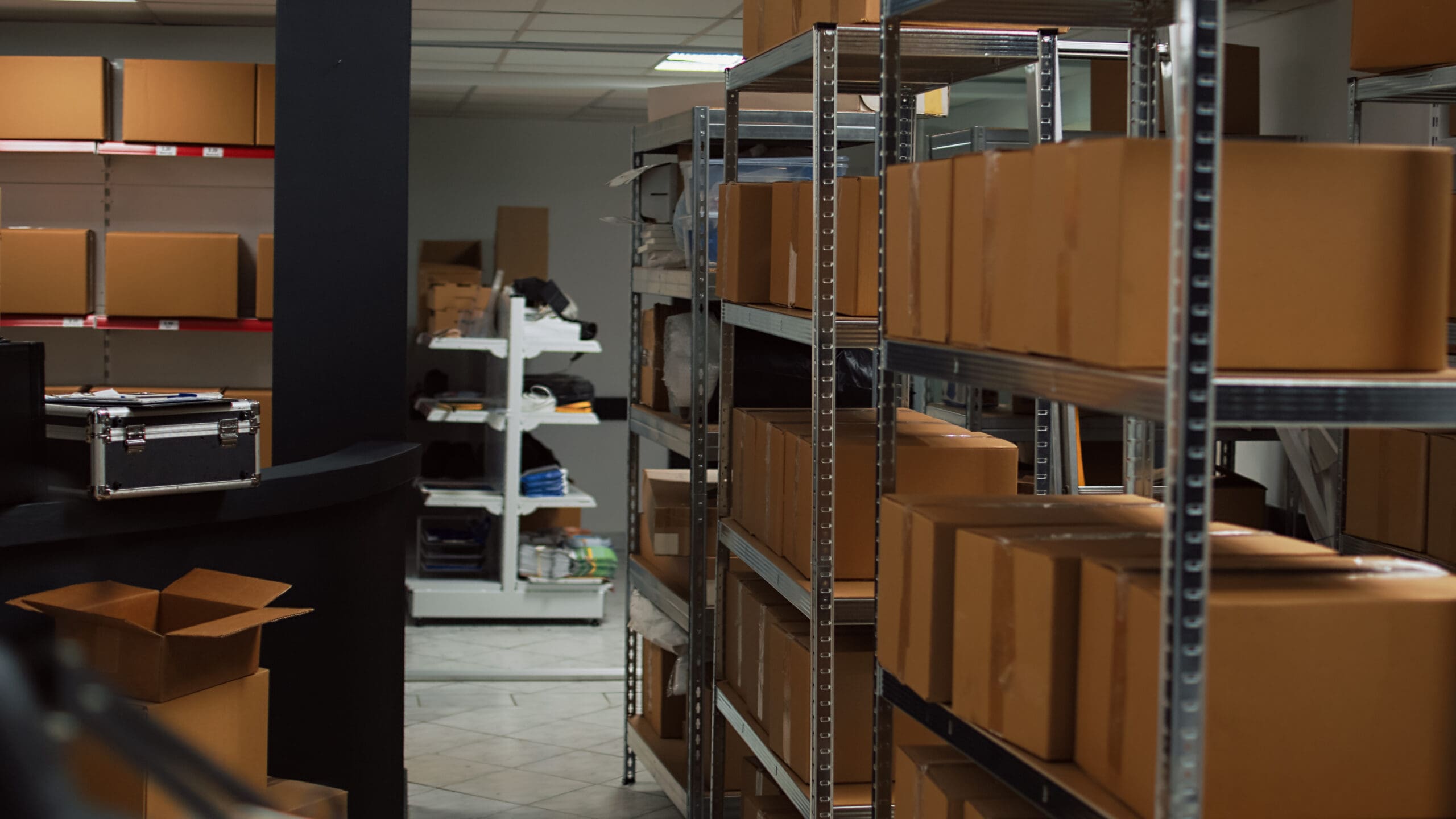Inventory financing is an essential part of most successful business plans. Maintaining a plentiful supply of inventory can increase sales and revenue, while expanding customer selection. Small businesses that are struggling to find a low cost solution for inventory financing should pay close attention. Keep reading to learn everything you need to know about small business inventory and small business funding.
What is small business inventory funding?
Small business inventory financing provides funds to purchase inventory to sell. However, small business inventory funding can also be peer-to-peer lending, crowdfund, or another unique approach like Kickfurther. Whether you are a retailer or wholesaler you can use a small business inventory loan as long as you are a legal business entity. Ideally, most companies strive to find the lowest cost solution for inventory financing. As a small business you may be struggling with this. Lenders often view small business loans as higher risk causing them to offer unfavorable terms for business owners. Small businesses looking for a low cost inventory financing solution should visit Kickfurther.
What are the different types of funding options available to small businesses?
Small business owners should explore and research the various funding options available to make an educated business decision. There are a variety of factors that should be considered when selecting the best financing option. Business owners should consider how much they need to borrow, how long they need to borrow money, how much they can repay monthly, etc. Deciding important factors like these can help you narrow down options. The next thing that can help you narrow down options is to see which options you actually qualify for based on basic lending requirements. Let’s take a look at some of the best funding options for small businesses. . .
#1. Small Business Loan (SBA)
The SBA is an independent agency of the federal government that was created in 1953. Their purpose is to aid, protect, counsel, and assist the interest of small business concerns. The SBA also strives to help strengthen our overall economy by helping small businesses. If you can qualify for an SBA loan it can be a good funding option. However, SBA loans may be difficult to qualify for with a lengthy and time consuming application process. Before applying for an SBA loan you should make sure you can meet the minimum qualifications. For more information on program eligibility you can visit the SBA’s website. If you qualify for an SBA loan you’ll need to apply using an SBA approved lender. In the event a small business defaults on an SBA loan, the government guarantees the commercial lender will be repaid up to 85% of any loss. This reduces the risk to the lender and allows small businesses to take advantage of lower rates and competitive terms.
#2. Business Line of Credit
A business line of credit is a revolving line of credit that provides business owners access to capital. Most lenders require businesses to have at least 6 months in business and $25,000 in annual revenue to qualify for a business line of credit. In addition, you’ll most likely need to provide collateral and a good credit score for approval. Business owners can use a line of credit to cover pretty much any business related expenses. In addition, you should only be charged interest on the amount you use. A business line of credit is usually used for short-term funding making it a good option for inventory financing. If you use an unsecured line of credit it may have a variable interest rate and approval amount up to $100,000. In most cases, interest rates are lower for a business line of credit than a business credit card. Different lenders can have different qualifications for approval.
#3. Kickfurther
Kickfurther is the world’s first online inventory financing platform that enables companies to access funds that they are unable to acquire through traditional sources. We connect brands to a community of eager buyers who help fund the inventory on consignment and give brands the flexibility to pay that back as they receive cash from their sales. This alleviates the cash-flow pinch that lenders can cause without customized repayment schedules allowing your brand to scale quickly without impeding your ability to maintain inventory.
The Benefits and Drawbacks of Small Business Inventory Funding
Part of making sound business decisions is considering benefits and drawbacks. It may be tempting to jump into applying for a small business inventory loan but we encourage business owners to slow down and enjoy the process. Clearly thinking through decisions can help produce positive results. In most cases, small business inventory loans are a good thing that can help a business grow. However, for some businesses small business inventory loans may not fix your problems and may just cause more debt. Let’s take a look at some of the benefits and drawbacks of small business inventory funding. . .
Benefits:
- Increase revenue
- Attract more customers
- Improve customer retention
- Expand customer selection
- Smoother daily operations
- Avoid running out of inventory
- Deliver better customer service
- Competitive advantage
Drawbacks:
- Taking on debt
- Increased inventory costs
- Risk of damaging credit
- Relatively short term loans
- Some inventory loans can’t be used for other financing needs
Most Common Ways a Small Business Can Secure Inventory Funding
Earlier we discussed some of the most common ways small businesses secure inventory funding. To recap, most small businesses use an SBA loan, business line of credit, or Kickfurther. Regardless of which funding option you select, you should make sure you are well prepared before applying. Most lenders will want to see a solid business plan, consistent or increasing sales, profit and loss statements, and more. In most cases, you can access things a lender may request prior to submitting an application. If you can’t locate the information online you should call the lender. Having your documents prepared ahead of time can result in a smoother funding process for the business owner and lender.
Is inventory funding right for your small business?
Most likely, yes. Inventory funding can provide the funds your business needs to increase revenue and grow. However, if you are struggling with sales or fear being unable to repay loans or investors inventory financing may not help. Before taking an inventory loan it’s important to properly assess your business to identify problems and appropriate solutions.
Why Kickfurther?
30% lower costs:
When you compare our rates to other forms of funding, you’ll often see you’re saving. Companies returning to fund additional deals often see their rates fall each time.
Higher funding opportunities:
We have an average funding of $78,000 but can fund up to $1MM to manufacture new inventory or get reimbursed for current stock and reinvest in where your business needs it most.
Funded in Minutes:
Once approved, our community of backers fund most deals within a day, often within minutes to hours.
Custom Payment Terms:
You don’t pay back until you start making sales. This alleviates the cash-flow pinch lenders cause without customized repayment schedules.
Key Takeaway
Alternative options like us are designed to help small businesses achieve success. Small businesses deserve an affordable inventory financing solution. We can provide small businesses with the inventory financing they need with flexible terms.









